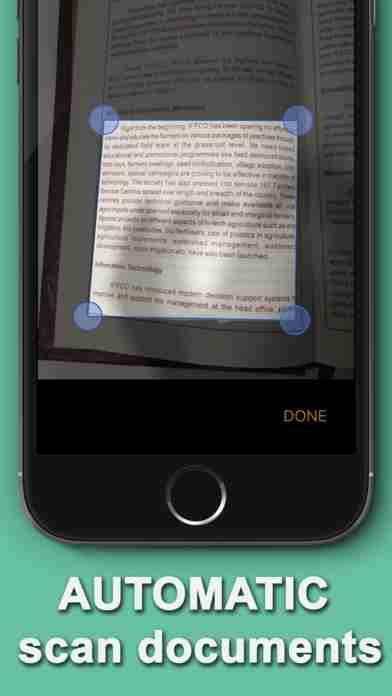

Use a minimum of 300 dpi scanner settings for text, and consider the highest settings if your document has complex diagrams, scientific notation, or other nonstandard characters.If scanning source material that can easily be removed from its binding, do so.Notes on the page, including underlining and highlighting on the text, and notes in the margins.If You Must Scan, Start With a High Quality Source The University of Oregon has access to many online journals, and a librarian might be able to find a version of your resources already digitized.Guidelines Avoid Scanning Documents Whenever Possible PDFs exported from Word and other content editing interfaces already have recognizable and searchable text. Note: This article is for PDFs created from scanning, or converted from image files.
#DOCUMENT SCAN TO PDF HOW TO#
This article details how to perform OCR, and provides tips on creating better quality document scans.

Screen readers and other assistive technologies are not able to read text off of images, or interpret the structure of documents that are saved as images. If you scan a document and save it as a PDF, you need to perform Optical Character Recognition (OCR) on it as a precursor to any additional accessibility checks. The most fundamental component of PDF accessibility is ensuring that any text on the document is searchable. Scanning physical documents and converting them to PDFs saves the entire document contents as images.


 0 kommentar(er)
0 kommentar(er)
